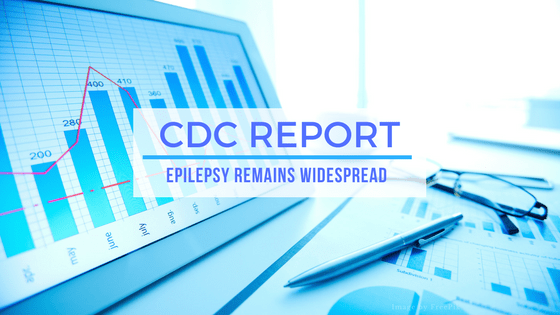Report Finds Epilepsy Remains Widespread
The Division of Population Health of the Centers for Disease Control released a study titled “National & State Estimates of the Numbers of Adults and Children with Active Epilepsy – United States, 2015” which provides national and for the first time, state-specific estimates of epilepsy. The data show the disorder is widespread. Highlights from the report include:
- In 2015, about 3 million U.S. adults and 470,000 children had active epilepsy (under treatment or with recent seizures).
- Overall, 1.2 percent of the U.S. population (3.4 million people) reported active epilepsy in 2015.
- The estimated number of cases of active epilepsy among adults ranged from 5,100 in Wyoming to 367,900 in California.
- The estimated number of epilepsy cases among children ranged from 800 in Wyoming to 59,800 in California.
- Eleven states had more than an estimated 92,000 people with epilepsy.
These findings are especially concerning given the substantial evidence of persistent and profound health and social disparities that people with epilepsy continue to face. The CDC works to reduce the burden of epilepsy in the United States to:
- Keep children and adults with epilepsy safe in their communities by conducting seizure recognition and first aid training programs for school nurses, school staff, law enforcement, first responders, child care providers, and older adult caregivers.
- Reach rural and underserved populations with proven epilepsy self-management programs that can reduce health care costs and improve quality of life.
- Educate health care providers about epilepsy to ensure that people with epilepsy receive appropriate care.
Did You Know?
- Epilepsy affects more than MS, Cerebral Palsy, Muscular Dystrophy and Parkinsons Disease combined.
- It is the 4th most common neurological disorder after migraine, Alzheimer’s and stroke.
- Epilepsy is a spectrum disorder.
- 1/26 will develop epilepsy.
- 6/10 people don’t know the cause of their epilepsy.
We suspect either HH diagnosis are on the rise or doctors are getting more efficient at diagnosing this disease (or both) solely based on the number of newly diagnosed families that contact the foundation or join HH Facebook groups.






